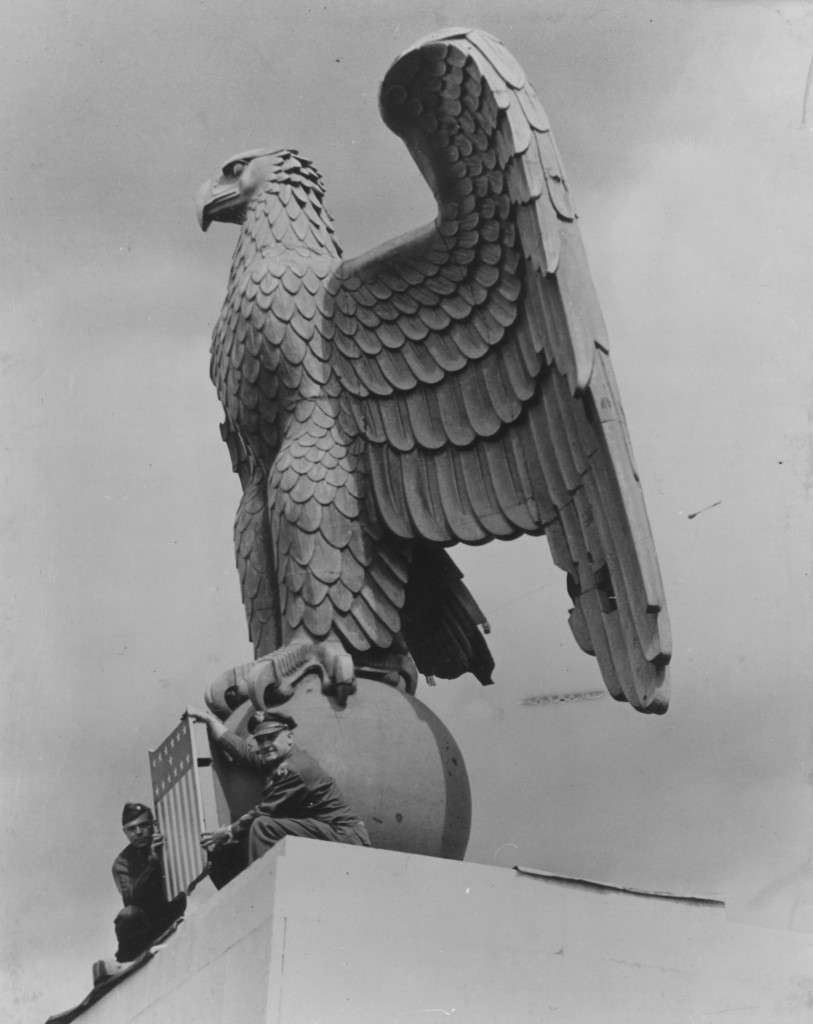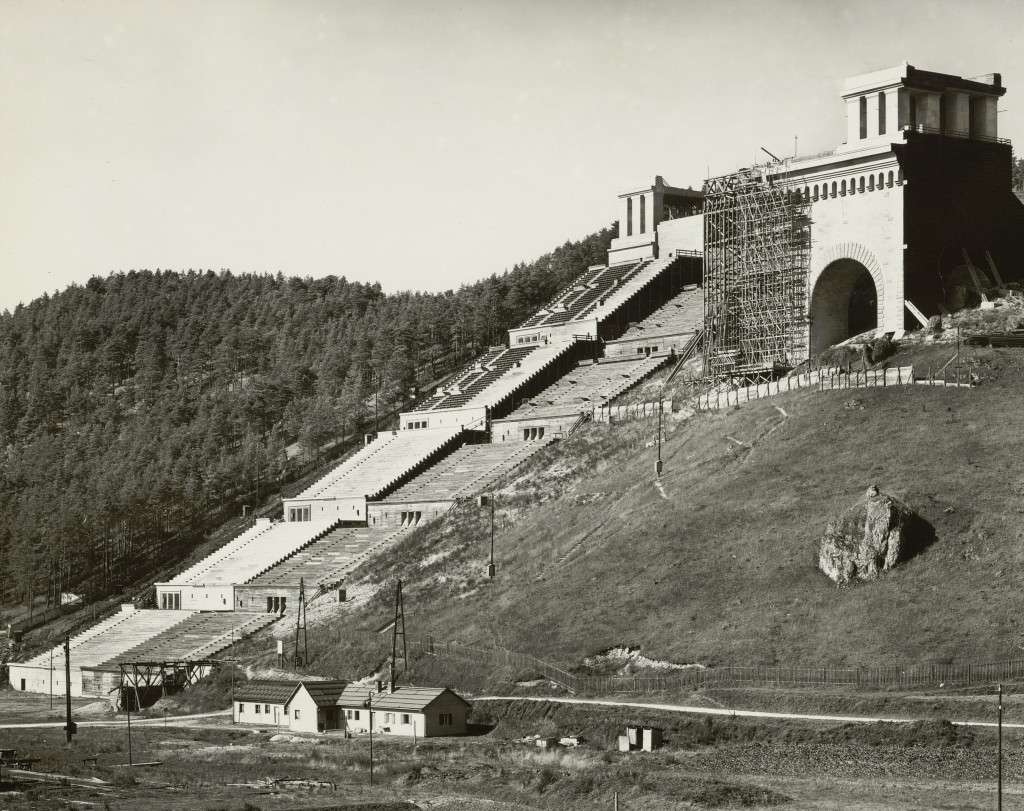

Is architecture used for political purposes? Is it subject to the applicable rule? How was architecture used in the Third Reich to spread right-wing ideology into people’s lives and spaces? The exhibition “Macht Raum Gewalt” (Power Space Violence) at the Berlin Akademie der Künste on Pariser Platz runs from 19 April to 16 July and examines the building and planning process during National Socialist rule. “Its high ideological and propagandistic significance corresponded to its racist practises of inclusion and exclusion, which determined who was allowed to live and how – and who had to die and how” in the Nazi state.
The show tries to demonstrate how spatial and urban planning, as well as architecture, contributed to the National Socialists’ racist worldview becoming entrenched in society. Not alone will the German Reich be examined. German-occupied territories in Eastern Europe are also taken into account, and international cross-references are presented. Furthermore, the project investigates architectural and personal continuities and ruptures, some of which continue to the present day. Models, photographs, films, and other current documents are utilised to show the terrible building production conditions under National Socialism. Benedikt Goebel curated the exhibition, which is based on the findings of a multi-year research project called “Planning and Building under National Socialism: Preconditions, Institutions, Effects.” The project was overseen by the Independent Commission of Historians (UHK), which included Professors Wolfgang Benz, Tilman Harlander, Elke Pahl-Weber, Wolfram Pyta, Adelheid von Saldern, Wolfgang Schäche, and Regina Stephan.
Housing and Settlement Construction, Party and State Architecture, Camps under National Socialism, Infrastructure and the Planning Order of Space, Internationality, Continuities in Urban Planning and Architecture in East and West after 1945, and Architectural Legacies of National Socialism are the seven thematic areas of the extensive exhibition. 150 short biographies of architects, engineers, urban planners, and building experts from this era are provided. Guided tours, readings, a film series, and discussions will accompany the exhibition. On April 19, there will also be an opening symposium on the state of research with UHK members. A lavishly illustrated catalogue will be available in both German and English. The 15 research commissions’ results from science will also be published in four research volumes by the Munich-based Hirmer Verlag.
More on ndion
Discover more articles on the topic of architecture as well as current exhibitions.
Share this page on social media:

